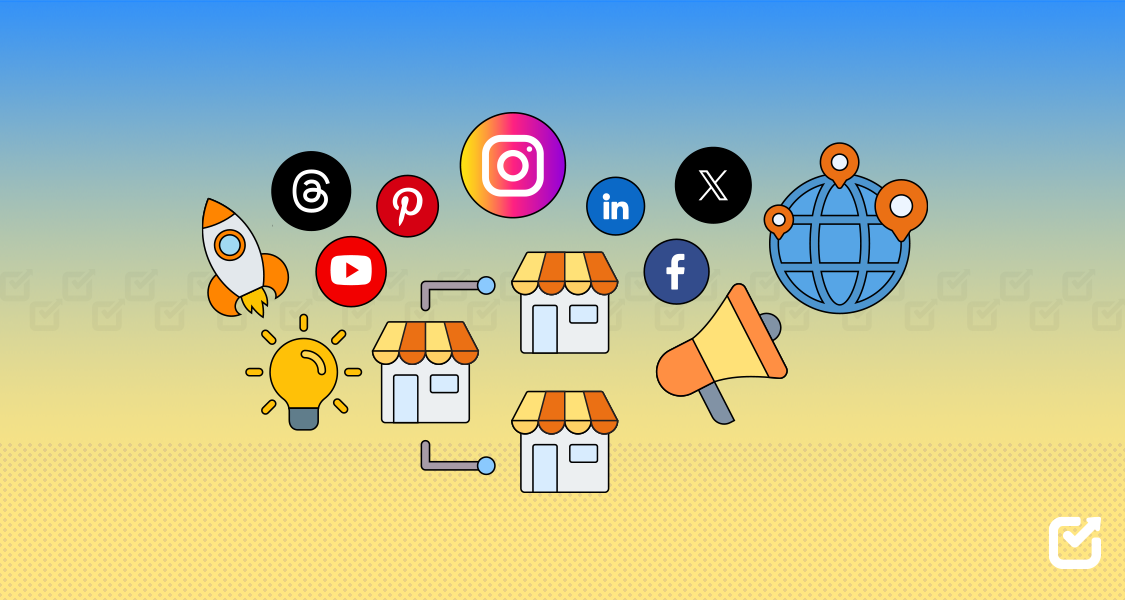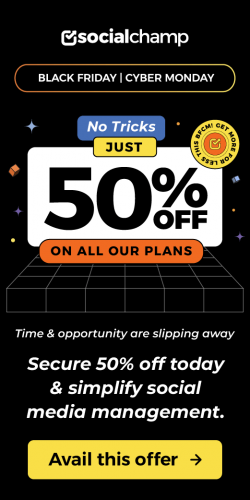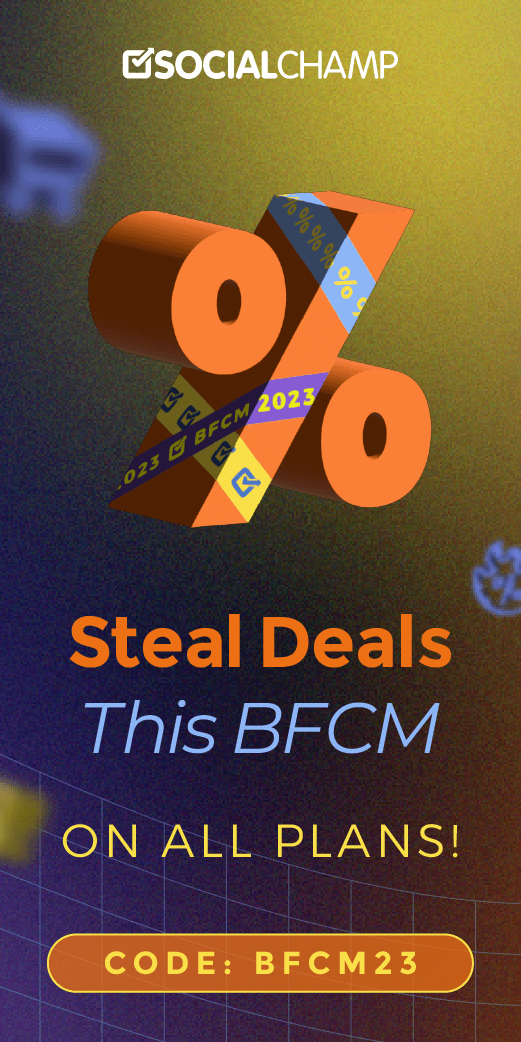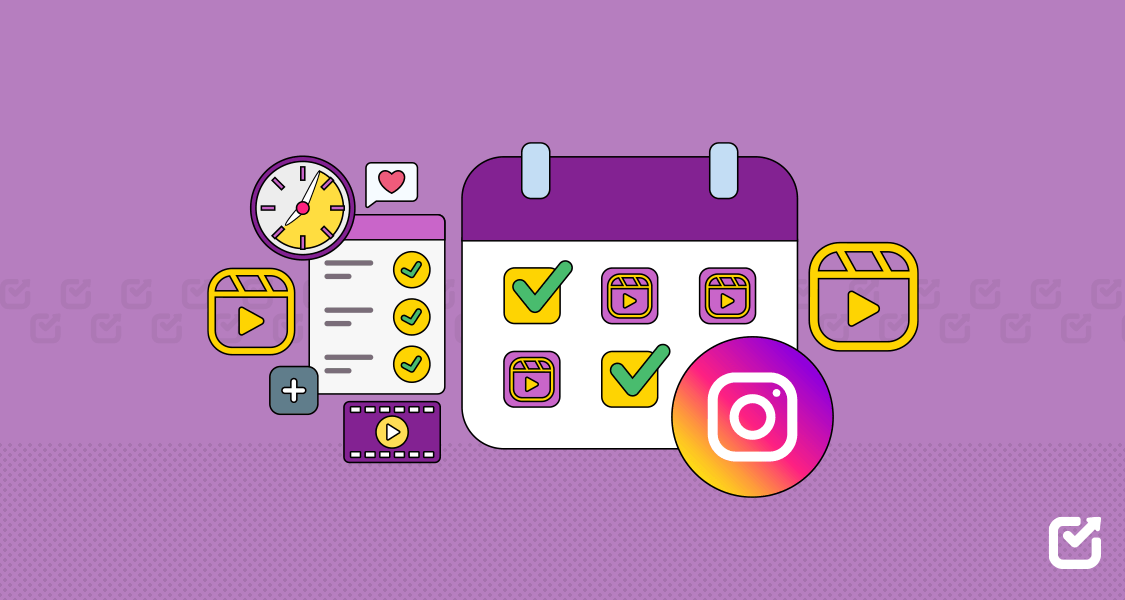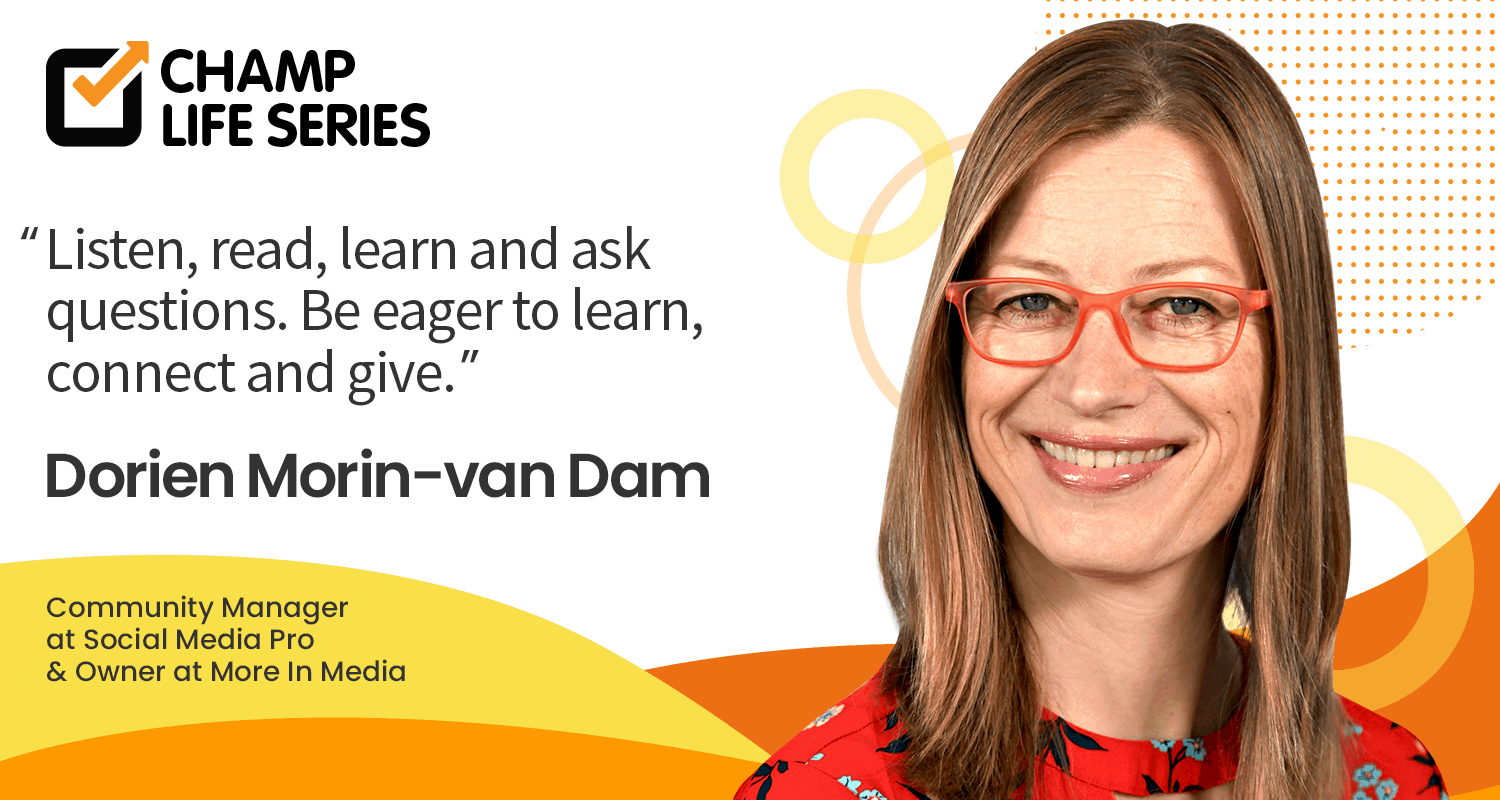A small athleisure brand’s dream came true when Ms. Taylor Swift was seen wearing its lilac skirt in a three-second YouTube Short.
Within 15 minutes the skirt didn’t just sell out but the store recorded its best sale record that year with 6000 presale orders.
That athleisure brand is Popflex, and its lilac skirt became the ultimate fashion sensation in seconds.
But the harsh truth is, that not everyone is as lucky as Popflex – the chances of Taylor wearing your clothes are one in a million.
So what is your only chance?
A VERY GOOD fashion marketing.
In an industry where new fashion brands arise daily, it’s a tough battle to make your name known. So in this blog, we will tell you everything you need to know to build a popular fashion brand.
Let’s get started.

Your Style’s Trending. Is Your Feed?
Automate, schedule, and strut your style across every platform before the spotlight moves on. Own the runway and the timeline with Social Champ.
Short Summary
- Fashion marketing success requires smart strategies like influencer co-creations, UGC campaigns, and multi-brand collaborations.
- Social commerce and shoppable live streams drive real-time engagement and sales.
- Investing in paid ads ensures wider reach and better targeting for fashion brands.
- AI-driven personalization tailors content and recommendations to individual customers.
- Keeping up with pop culture trends helps brands stay relevant and drive viral engagement.
- The right marketing tool streamlines content creation, scheduling, and performance tracking.
- Social Champ simplifies fashion marketing with AI-powered scheduling, multi-platform management, and advanced analytics.
The Biggest Challenges in Fashion Marketing (And How to Solve Them)
If you’re in the fashion industry, you already know—it’s not just about having a great eye for style.
Marketing your brand, staying ahead of trends, and keeping your audience engaged can feel like a full-time job (because, well, it is).
But the biggest challenges in fashion marketing don’t have to hold you back. With the right strategy—and a little help from automation tools—you can stay on top of your game.
-
Inconsistent Posting
You know you should be posting regularly, but between product launches, photoshoots, and a million other tasks, your social media can easily fall behind.
Inconsistent posting on social media makes your brand look inactive, and you start losing followers.
Solution: A content scheduling tool (like Social Champ!) lets you plan and schedule posts in advance, ensuring your feed stays fresh—even on your busiest days.
-
Lack of Engagement
You post stunning fashion content, but no one seems to be liking, commenting, or sharing.
Without engagement, your posts get buried in the algorithm, and your audience feels disconnected from your brand.
Solution: Engagement is a two-way street. Reply to comments, start conversations, and use insights from analytics tools to see what your audience loves. Plus, scheduling interactive posts (polls, Q&A, and behind-the-scenes looks) can keep your followers talking.
-
Keeping Up With Trends
Fashion moves fast—one minute, everyone’s into oversized blazers, and the next, it’s all about micro handbags. If you’re not ahead of the trends, your brand risks looking outdated.
Solution: Social listening tools and analytics can help you track trending topics, hashtags, and influencers. By planning and scheduling trend-driven content, you can always stay relevant.
-
Time Management
Running a fashion brand or blog is already a juggling act. Between content creation, trend research, and responding to DMs, finding time to market your brand can feel impossible.
Solution: Automation is your best friend. With Social Champ, you can batch-schedule posts, set up auto-replies, and track performance—all in one place.
Featured Article: Reel vs Story: Understanding the Key Differences and When to Use Them
Why Every Fashion Brand Needs a Social Media Management Tool
Running a fashion brand isn’t just about designing stunning collections—it’s about selling a lifestyle, an experience.
But if you’re still toiling with social media manually, you’re losing valuable time and missing out on major engagement.
Posting sporadically, forgetting to reply to comments, or scrambling for last-minute content? That’s a formula for lost visibility and declining sales.
The Power of a Social Media Management Tool
A social media management tool isn’t just a luxury—it’s a necessity for fashion brands looking to:
- Streamline Content Creation: Plan and schedule posts in advance, ensuring your feed stays fresh and cohesive.
- Stay Consistent Across Platforms: Manage Instagram, TikTok, Pinterest, and more from one dashboard.
- Maximize Engagement: Automate responses and monitor interactions to build a loyal community.
- Track Campaign Performance: See what’s working and tweak your strategy in real-time.
Why Fashion Marketers Love Social Champ
Social Champ makes managing your fashion brand’s social presence effortless.
With its easy-to-use scheduling, simplified influencer collaboration, and in-depth analytics, you can focus on creativity while it handles the rest.
- Schedule posts across all platforms in one go.
- Engage with your audience through a unified social inbox.
- Work with influencers via the team collaboration feature and track campaign performance seamlessly.
- Use AI-powered tools to generate captions and graphics.

Fashion Moves Fast. Don’t Let Your Marketing Slow You Down.
Your audience craves your next drop. Stay in their feed, stay in their mind. With Social Champ, your brand never goes out of style — or out of sight.
7 Ways to Drive Unstoppable Fashion Marketing Growth
Your out-of-the-box collection might not win you the hype you deserve but an effective fashion design marketing campaign sure will.
While some strategies remain the same, adding a fresh twist to them can make customers flock to your brand.
Here are some of the fresh yet tried and tested ways you can make your fashion business marketing an ultimate success.
-
Influencer/Celebrity Co-creations (Not Just Sponsorships)
Today’s customer is getting smart, he knows when you have paid an influencer for a video to simply praise your product.
Collaborate with influencers, and let them design a piece or two.
In this way, instead of sparing you a short Instagram reel or a YouTube video that looks paid, that fashion influencer will dedicate more content to you.
From ideation to creation to execution, they’ll document everything. And as people will get involved in their journey, your brand will automatically join their wishlist.
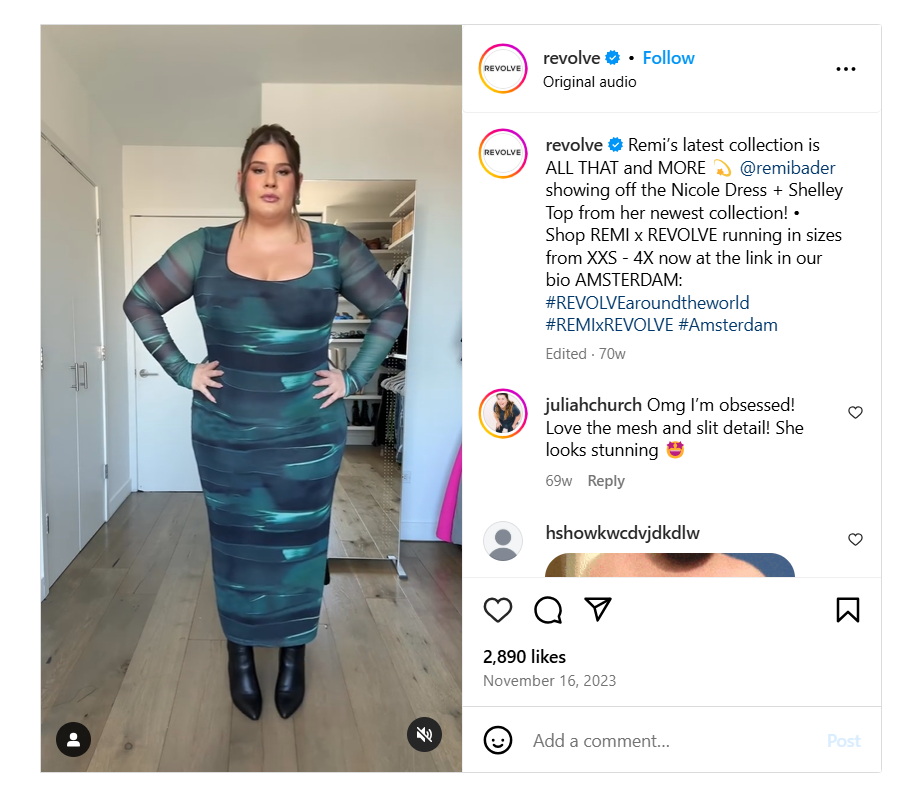
Influencer Marketing Example on Instagram -
Social Commerce and Shoppable Live Streams
Shopping habits have changed dramatically, and social media is no longer just for inspiration—it’s the point of purchase.
Platforms like Instagram, TikTok, and Facebook now offer integrated shopping features like Facebook marketplace, TikTok shop etc.
It allows brands to sell directly to consumers without ever leaving the app.
Another effective way to drive sales through social media is shoppable live streams.
These live sessions allow brands to showcase products in real-time while customers shop instantly through embedded links.
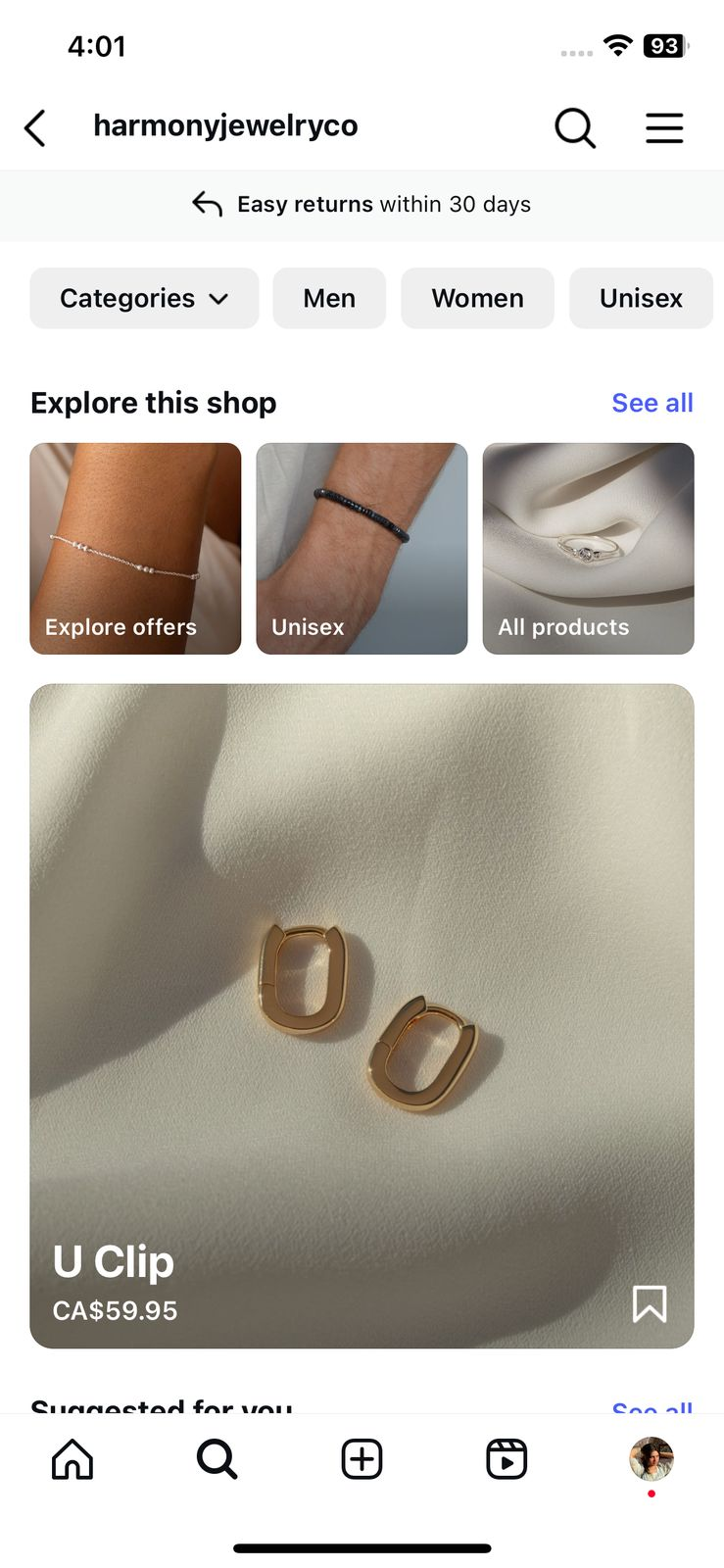
Harmonyjewelryco’s Instagram Shop -
UGC Campaigns
User-generated content (UGC) is one of the most powerful and cost-effective ways to promote your fashion brand.
Instead of spending thousands on professional campaigns, encourage your customers to become your biggest advocates by showcasing their own photos and videos wearing your products.
To get started, create a branded hashtag and incentivize participation.
Offer discounts, feature customer posts on your main page, or even run contests where the best UGC gets a special prize.
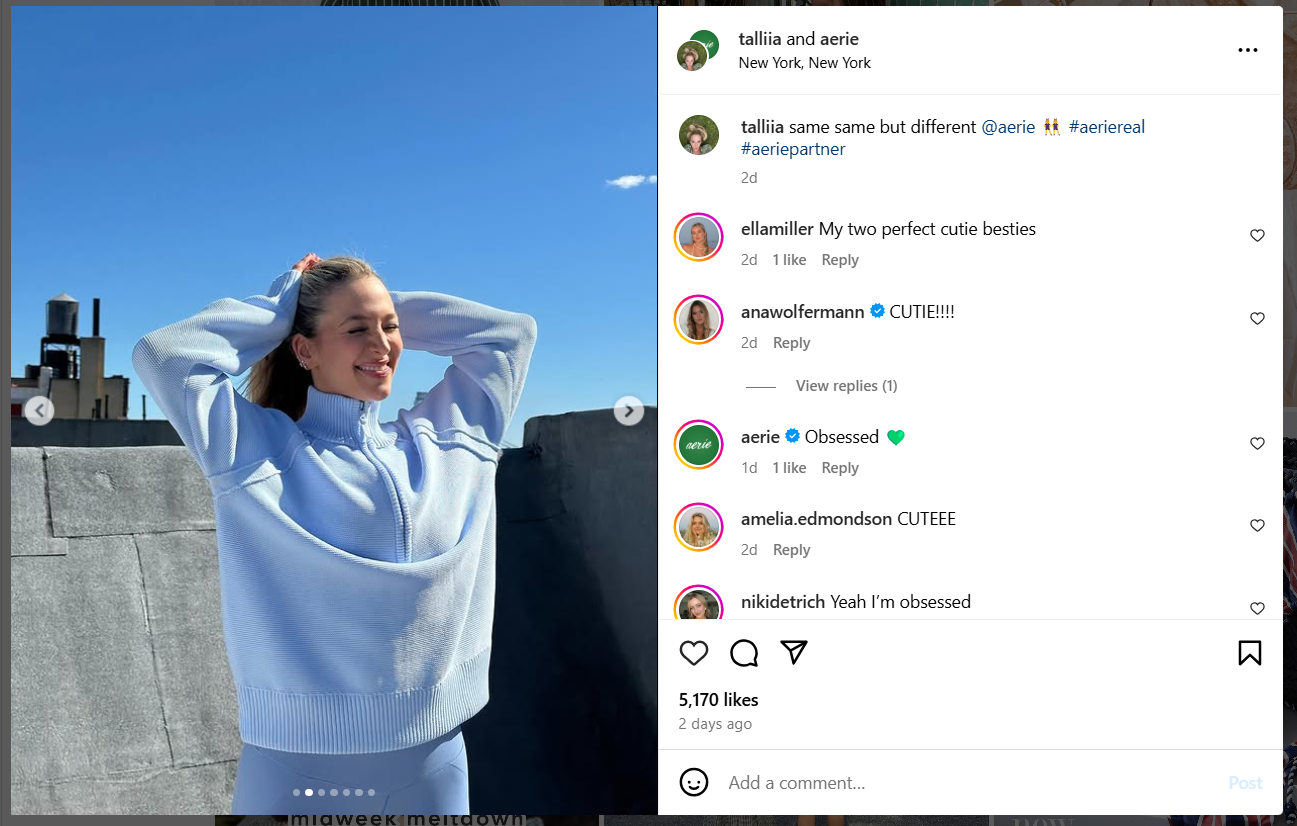
Example of UGC on Instagram -
Invest in Paid Ads
While organic reach is great, paid advertising is essential for scaling fashion brands quickly.
With social media algorithms limiting organic visibility, paid ads ensure that your content reaches your target market with bullet accuracy.
Platforms like Meta (Facebook & Instagram), TikTok, and Google Ads offer advanced targeting options that allow you to zero in on potential customers based on demographics, interests, and shopping behavior.
The key to successful paid ads is testing and optimization. Instead of throwing money at broad campaigns, A/B tests different creatives, headlines, and CTAs to see what resonates best.
Retargeting campaigns are another powerful tool—showing ads to people who have already interacted with your brand increases the likelihood of conversion.
-
AI-Driven Personalization
AI has revolutionized marketing for fashion, and personalization is the future of customer engagement.
Today’s consumers expect brands to understand their preferences, shopping habits, and style. AI makes it easier than ever.
From personalized product recommendations to automated email campaigns, AI helps fashion brands deliver the right message to the right person at the right time.
One of the best ways to leverage AI is through chatbots and virtual stylists.
Brands like Sephora and H&M use AI-powered chatbots to suggest outfits based on customer preferences, while Nike’s AI-driven sneakers recommendation system Nike Fit helps customers find their perfect fit.
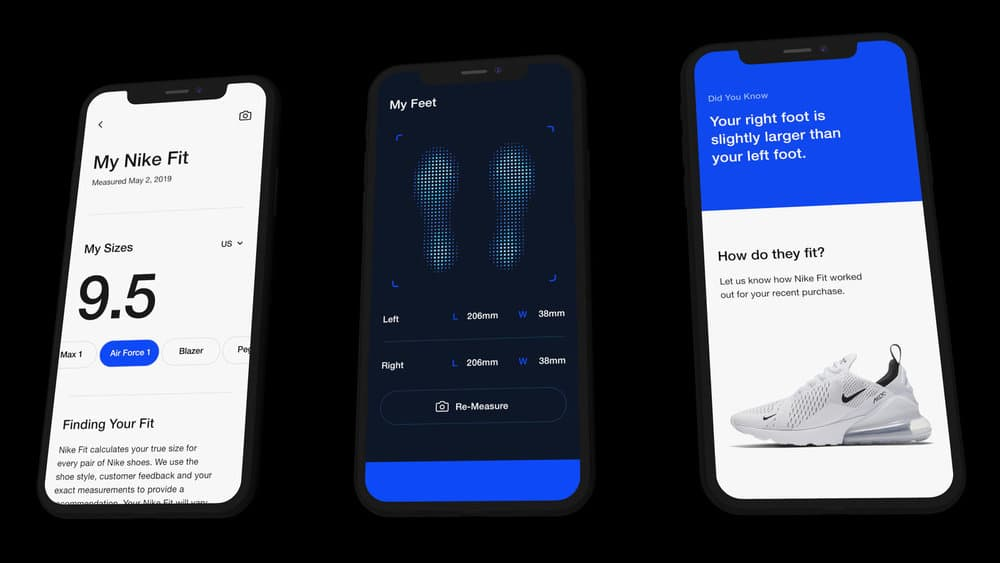
Picture of Nike Fit App Feature -
Match With the Latest Pop Culture Trends
So what if Taylor Swift is not wearing your skirt or it’s not your hoodie that Zayn Malik wore turning it into a global sensation?
You still have a way out.
Fashion is deeply connected to pop culture, and brands that align with current trends see massive engagement spikes.
It means being hyper-aware of what’s trending in music, film, social media, and celebrity culture.
For instance, when a celebrity wears a specific style or color, brands that capitalize on the trend early can boost sales dramatically. The same applies to movie releases—think about how Barbiecore took over the fashion world following the Barbie movie release.
The key here is the timing – you need to stay relevant and enter and exit the trend at the right time.
Otherwise, it doesn’t take a lot to fall out of today’s customers’ grace.
-
Try Multi-Brand Collabs
Collaborations aren’t just for influencers—partnering with other brands can significantly expand your audience.
Multi-brand collaborations introduce your brand to an entirely new customer base, creating a win-win situation.
The key is to collaborate with brands that complement your aesthetic and values rather than direct competitors.
Fashion brands also partner with tech, beauty, and lifestyle brands to create unexpected yet exciting product drops.
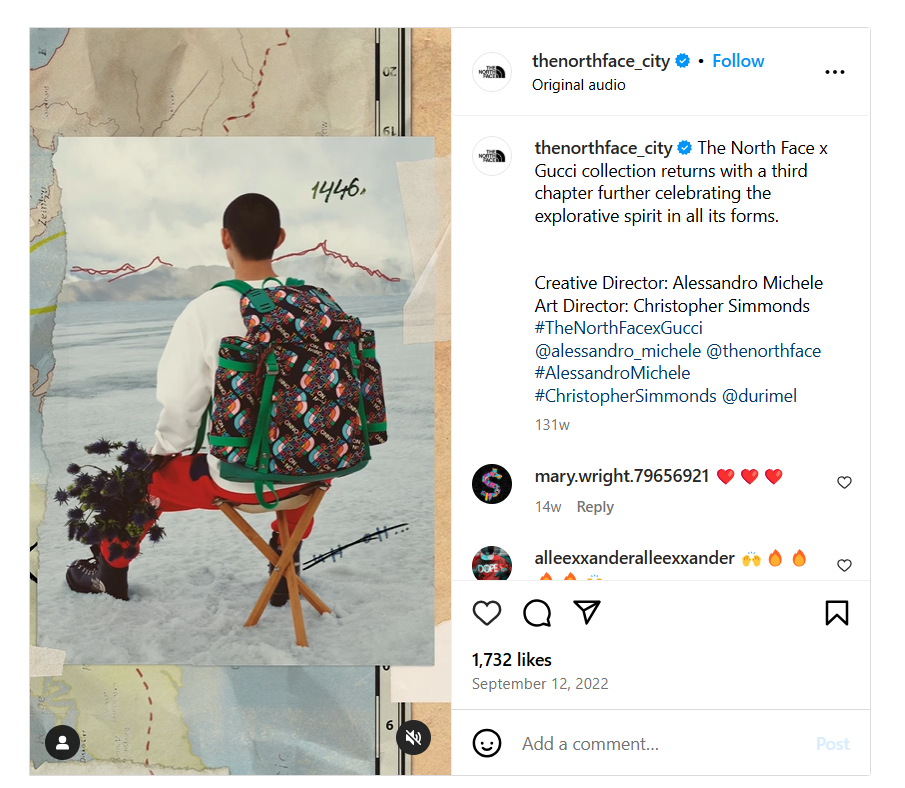
Instagram post of Gucci and Northface collaboration
Featured Article: How to Sell on Instagram in 2025 + 15 Instagram Shopping Tips
Choosing the Right Tool for Fashion Marketing Success
Managing content across multiple platforms, analyzing performance, and staying consistent shouldn’t be a struggle. The right marketing tool simplifies it all.
What to Look For?
- Content Automation: Schedule posts across platforms to stay ahead.
- Advanced Analytics: Track performance and optimize strategy.
- Multi-Platform Management: Manage everything from one dashboard.
Why Social Champ?
Here’s why you should be using Social Champ as your social media scheduling partner:
- Stay Consistently Stylish (Everywhere): Post your latest collections, behind-the-scenes moments, or hype your drops — across all platforms — without scrambling at the last minute.
- Plan Like You Plan Your Launches:Schedule content days (or weeks!) ahead. So you’re not posting in panic mode during busy seasons.
- Collaborate Like a Dream Team:Your marketing team, photographers, stylists — everyone can work together smoothly, no chaotic DMs or lost files.
- Hashtag Smarter, Not Harder:Store and reuse your best-performing hashtags to boost reach without the guesswork.
- Never Miss a Drop Reminder:Automate your launch countdowns, early-bird alerts, or flash sales. Keep your audience locked in and ready.
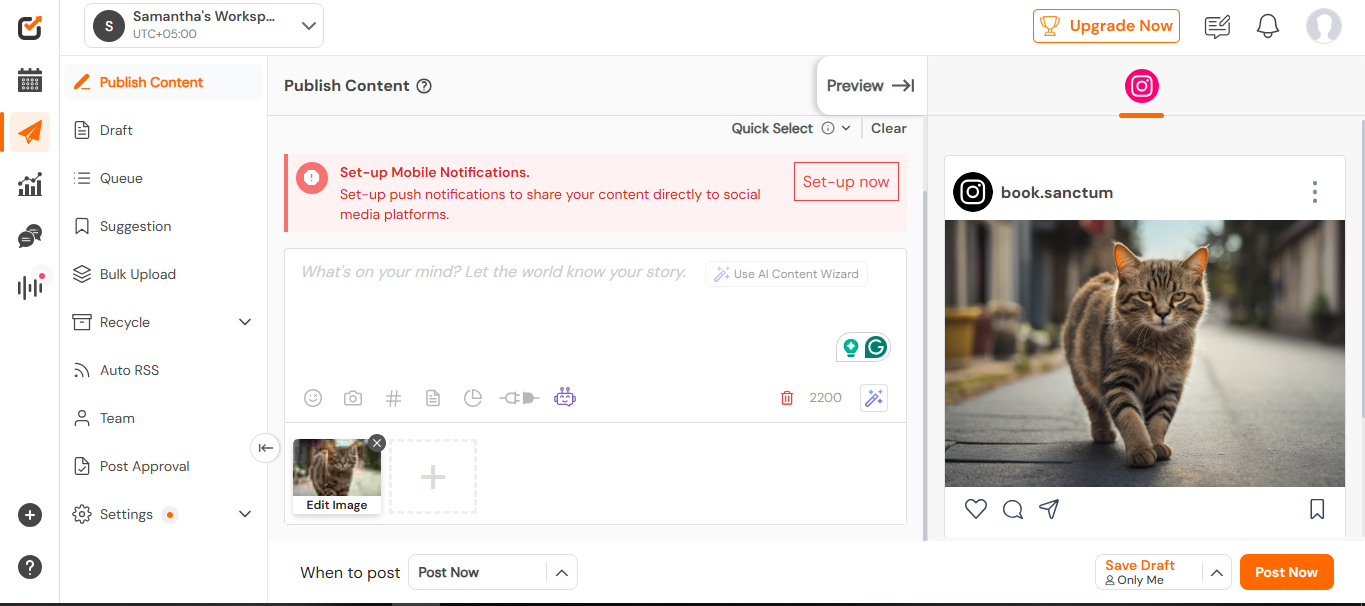
Social Champ’s Dashboard

Streamline Your Fashion Marketing Today!
Drop every look right on time, own the spotlight, and make sure your audience never scrolls past your style. Social Champ keeps your fashion game flawlessly on schedule.
Conclusion
Fashion marketing is constantly evolving, and success depends on staying ahead of trends, engaging with the right audience, and optimizing content across platforms.
The right marketing tool simplifies this process, helping fashion brands automate posts, track performance, and maintain consistency.
Social Champ makes it effortless with AI-powered scheduling, multi-platform management, and in-depth analytics, ensuring your brand always stays in the spotlight.


